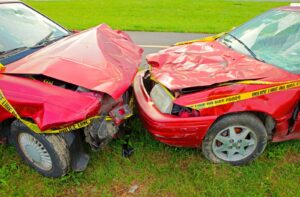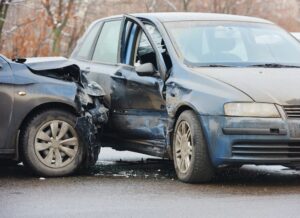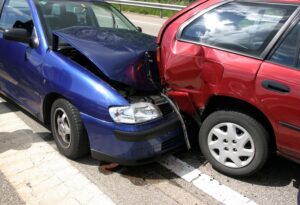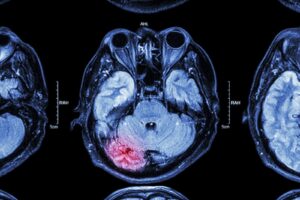
Cases Involving Head-on Auto Accidents
At the law firm of Flickinger • Boulton • Robson • Weeks, we have the resources, skills, and tenacity to handle cases arising from all types of car accidents, truck accidents, and

At the law firm of Flickinger • Boulton • Robson • Weeks, we have the resources, skills, and tenacity to handle cases arising from all types of car accidents, truck accidents, and

When people in the greater Provo area are involved in serious car accidents, they can turn to our team of attorneys for legal counsel and support. Using our years of

The team at our Provo law firm has helped countless accident victims in their time of legal need. Our focus is always on injury victims and their loved ones, which

The people of Provo have strong legal advocates in our legal team. When a serious injury affects the life and livelihood of someone in your household, you need the help
UTAH INJURY LAWYERS
Flickinger • Boulton
• Robson • Weeks
PROVO OFFICE
3000 N University Ave
Suite 300
Provo, UT 84604
SOUTH JORDAN OFFICE
10393 S. Temple Dr.
Suite 103
South Jordan, Utah 84095
OFFICE HOURS
Monday- Friday: 8AM-5PM
Saturday-Sunday: Closed
*Disclaimer: the information provided by this website is for informational purposes only and should not be considered legal advice or a substitute for competent legal counsel.
**SMS consent and contact phone numbers will not be shared or sold to third parties or their affiliates for any purpose.
© 2025 All Rights Reserved.